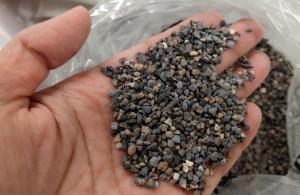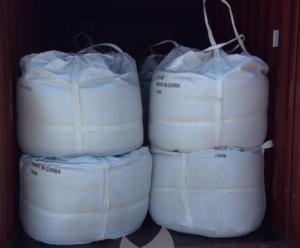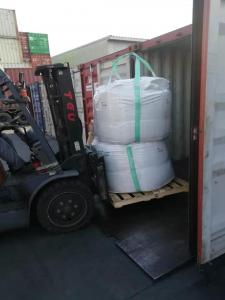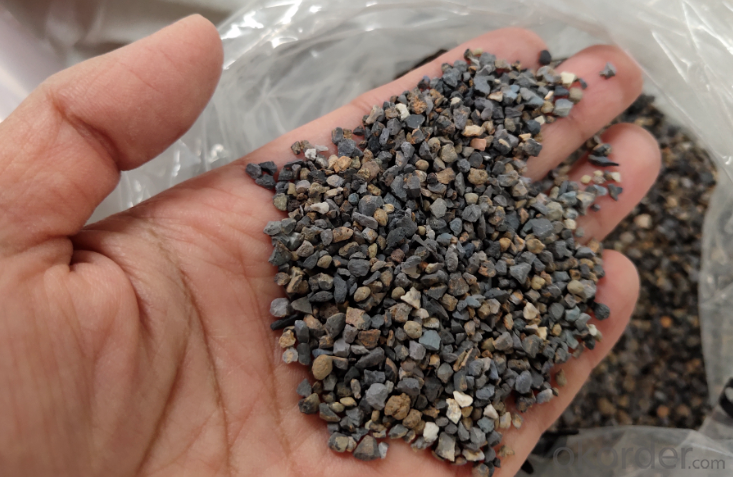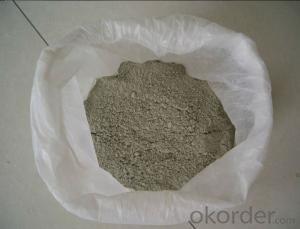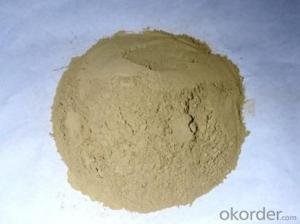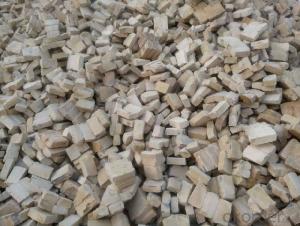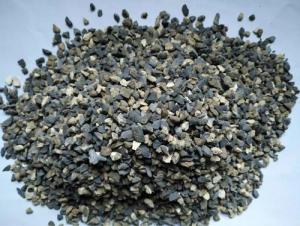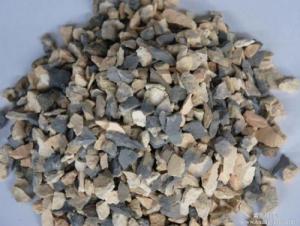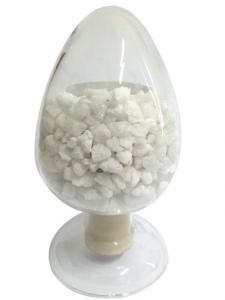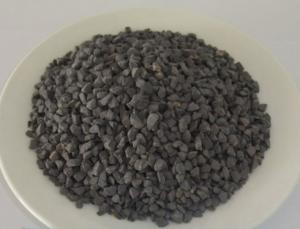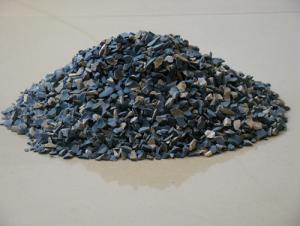ROTARY KILN BAUXITE WITH AL2O3 76 MIN IN GRAIN SIZE
- Loading Port:
- Tianjin
- Payment Terms:
- TT or LC
- Min Order Qty:
- 25 m.t.
- Supply Capability:
- 10000 m.t./month
OKorder Service Pledge
OKorder Financial Service
You Might Also Like
Quick Details
· Place of Origin: Shanxi, China
· Shape: Block or grain size or powder
· Material: Alumina
· SiO2 Content (%): 4%-24%
· Al2O3 Content (%):70%-90%
· MgO Content (%):+CaO 0.8%MAX
· CaO Content (%):+MgO 0.8%MAX
· Refractoriness (Degree):1770°< Refractoriness< 2000°
· Model Number:Customer's Requirement
· Brand Name:CMAX
· Application:Metallurgy and Refractory
· Product name: Calcined bauxite
· Color: Gray or Cyan
· Size:50MESH/100MESH/200MESH/325MESH/0-1MM/1-3MM/3-5MM/0-40MM
· BULK DENSITY:2.6-3.3G/CM3
· Certificate:ISO9001
· Usage:Fire Resistance Place
· Type:Raw Refractory
· Packaging Details:Bags/In bulk/As costomer's requirement'
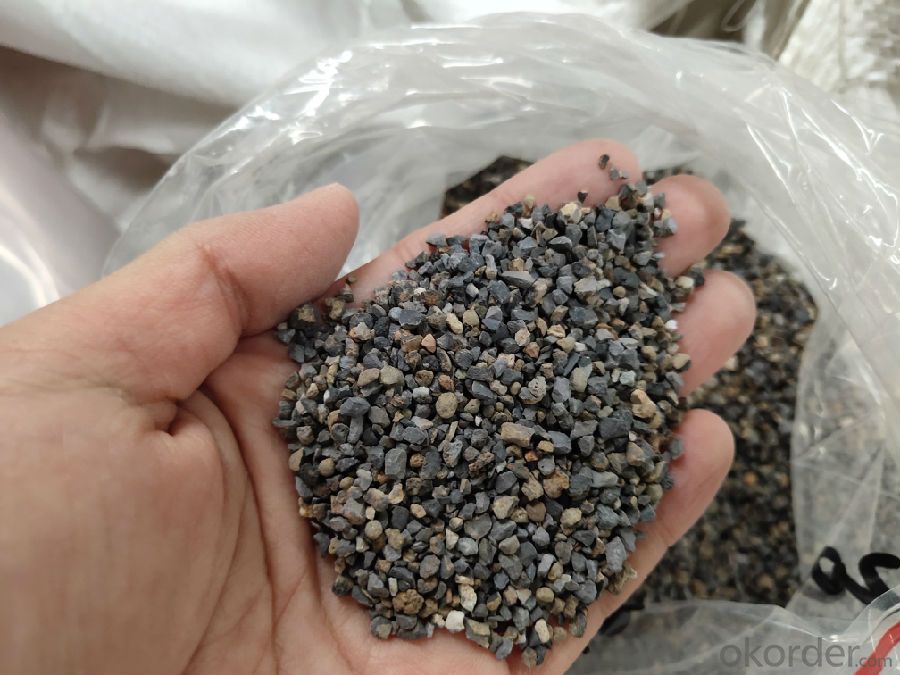
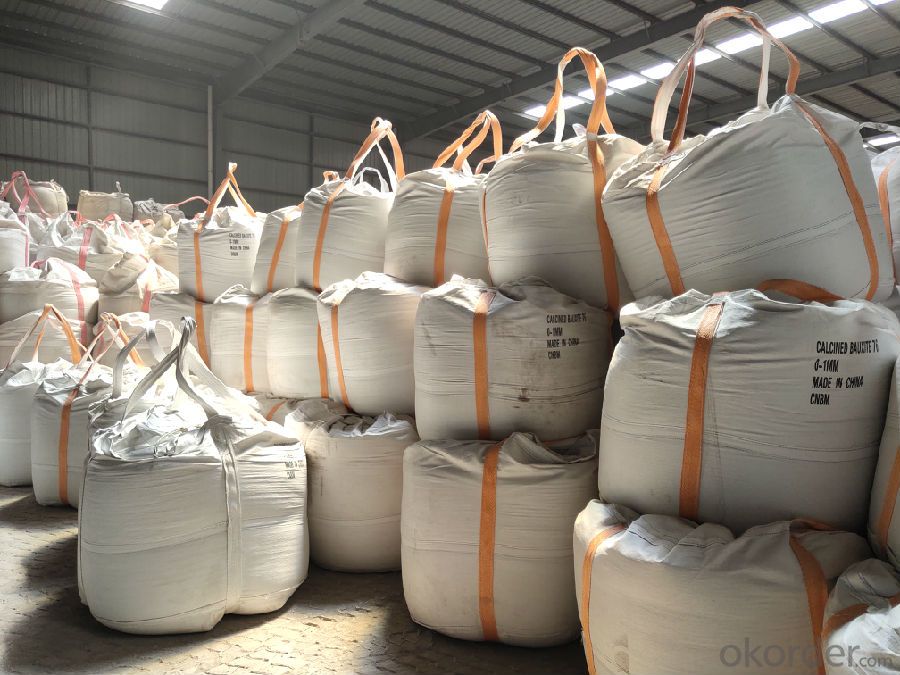
Quality assurance:
1.On a regular basis or as per your request,we entrust national testing agencies to conduct quality inspections
2. Strictly in accordance with the ISO9001-2008 international quality system standard,we monitor and manage the whole process throughout production,quality testing,and measurement to ensure product quality
FAQ:
Q: What kind of payments does your support?
A: T/T, L/C, Cash are accepted.
Q: Do you charge for the samples?
A: Accordeing to our company policy, the samples are free, you only charge the freight fee. And we will return the freight fee during the next order.
Q: Can you produce according to customers' design?
A: Sure, we are professional manufacturer.
Q: Do you have other products?
A: Yes, please check our other products in website.
- Q: How to divide the fire resistant level of EVB?
- Inorganic materials: Level A incombustible material is mainly divided into three levels, which attributed to two types of materials! Inorganic materials: Rock wool, foam cement, vitrified micro bead, foam glass organic: Eps xps polyurethane phenolic aldehyde, polystyrene particles are divided into two manufacturing techniques including field fabrication and pre-production polyurethane - now sprayed, precast slab eps, xps, phenol - now posted, precast slab (composite board)
- Q: Development trend of refractories
- Mullite Matrix clinker. There are higher requirements of kaolin and refractory annded life, it should be able to grind medical industrial raw materials alumina, vacuum extrusion molding, high temperature roasting and smelting from unshaped refractory material a good thermal mechanical properties in the kiln and has good application prospect; 2, Dong Qingshi clinker. With kaolin and magnesia as raw materials, wet grinding, vacuum extrusion, and then high temperature calcination, furniture has a very good prospect; 3, magnesium calcium sand. Because of the development of clean steel, low carbon steel, high oxygen steel and stainless steel, the basic importance of free calcium oxide refractories is supported; 4, fused eutectic composite. Bauxite based fused corundum, bauxite based fused mullite, bauxite based fused mullite zirconia, fused corundum zirconia fused zirconia, Magnesium Oxide and other materials have been developing rapidly; 5, high density spherical hollow mullite aggregate. The wall thickness of the shell of the 0.2 - 1.5 - 5 mm, diameter 40 mm, smooth surface, can not be uniform, spherical shell, this may be a double, a prominent part of the surface can be dense, can also be used for hollow casting material, not only can improve the insulation performance of the material, in order to reduce the volume density. Instead of destroying its strength.
- Q: How to distinguish the fire?rating of rubber and plastic thermal insulation material?
- It is divided into level A, B1, B2 and B3. According to the current "burning behavior of building materials classification method", Level A insulation material is a non-combustible material, which belongs to YT. However, from the point of view of the current market , level A insulation material are very few, only glass wool, rock wool board, foam glass and vitrified micro bead. However, compared with level A insulation material, the more welcomed by the market is the organic insulation material. This is characterized as thermal insulation material, which is divided into three levels: level B1 is flame retardant, level B2 is flammable and level B3 is flammable. The level B1 nonflammable thermal insulation material is determined according to the fire endurance of the material. And different parts of the material are divided differently! Such as the common EPS / XPS insulation boards through special treatment of adding flame retardant. . Level B2 combustible insulation material is commonly the EPS expanded polystyrene foam insulation board and XPS board, that is, the ordinary plate. This material has low ignition point, and releases large amounts of harmful gases in the combustion process . Level B3 flammable insulation material is commonly the thermal insulation material taking polystyrene foam as the main material. Since this material is highly flammable, it has been out of the external wall thermal insulation materials. As for the civil construction insulation materials, China's current popular building insulation materials in the market are mainly made of three organic foams: EPS (molded polystyrene board), XPS (extruded polystyrene board) and PU (polyurethane).
- Q: What's the requirements of fire-fighting criteria of heat insulating material?
- Specific provisions go as the following article 8: roof grassroots adopted duration of fire resistance is the non-combustible component that shouldn't less than 1.00 h's. Its roof insulation materials should not be below B2; Otherwise, the combustion performance of insulating material should not be below the B1 level. Article 9: The junction of the roof and wall, the insulation layer around the opening part of roof should use the grade A thermal insulation material to set level fire-fighting belt that width is not less than 500 mm. Article 10: the roof waterproof membrane or flammable insulation layer should adopt incombustible material to cover.
- Q: What refractories are resistant to fluorine gas?
- It is recommended to use fused-quartz brick, which will produce hydrofluoric acid fluorine (an acidic gas) when water vapors. It is cheap. While it is recommended to use silica?brick if it exceeds 1,200 degrees. So acidic refractory is an advisable refractory for using. It works well if the temperature is below 1200 degrees.
- Q: What is fireproofing material? Are fireproof materials the same thing with thermal insulation materials and refractories?
- Fireproofing material is inorganic board, while thermal insulation material belongs to organic board. Fireproof material can also preserve heat, but it is not as good as thermal insulation material in this aspect.
- Q: What is refractory aggregate?
- Refractory aggregate is fire-resistant product improved with low temperature binder, chemical?compound and normal temperature strength.
- Q: What are the advantages and disadvantages of new external wall fireproof and thermal inuslation matertials?
- STP has a certain chance to self-destruct. After the sealing layer is damaged, the property will be bothered. When filling the foam glass, burst foam cement and low-strength glass fiber, the structural requirements are very high with big spraying limitations. As everyone knows that rock wool absorb organic matters, and the government do not allow us to use self-insulation, so it is not the mainstream with too low adoption rates. In fact the owners shouldn't worry about this problem. Since the developers have installed it for you, it is useless to worry about it. The other is that for those who want the original balcony closed up, if you want to shovel the original balcony wall insulation, you must pay attention to ask the construction team before you start. Because it is common that the cold bridges formed thereby will cause water seepage and moisture condensation in the balcony.
- Q: What is the quote of fireproof and soundproof materials used in KTV?
- acoustic material, aluminum foil glass wool, sound-deadening material, glass wool, cinema / KTV dedicated glass wool: The classification of glass fiber products: The category of glass wool felts: The level of insulation cotton: A-level brands: New applications: The origin of GB/T13350-2008: The coefficient of thermal conductivity(room temperature): 0.035 bending at low temperature≤: 0.02 elongation at break: ≤80kPa flexure strength: ≤120kpa Compressive strength: ≤150kpa application temperature: 700 Core material: The shape of glass wool: Fibrous shape: Coil Specifications: Complete quote is 23 Yuan per cubic meter. glass wool board, KTV sound insulation core material: The shape of glass wool: The level of rectangular glass wool: A-level non-combustible brands: Kunnai material: The origin of glass fiber: Guangzhou, Shijiazhuang, Wuhan, the quote there is 8.8 Yuan per cubic meter.
Send your message to us
ROTARY KILN BAUXITE WITH AL2O3 76 MIN IN GRAIN SIZE
- Loading Port:
- Tianjin
- Payment Terms:
- TT or LC
- Min Order Qty:
- 25 m.t.
- Supply Capability:
- 10000 m.t./month
OKorder Service Pledge
OKorder Financial Service
Similar products
Hot products
Hot Searches
Related keywords
